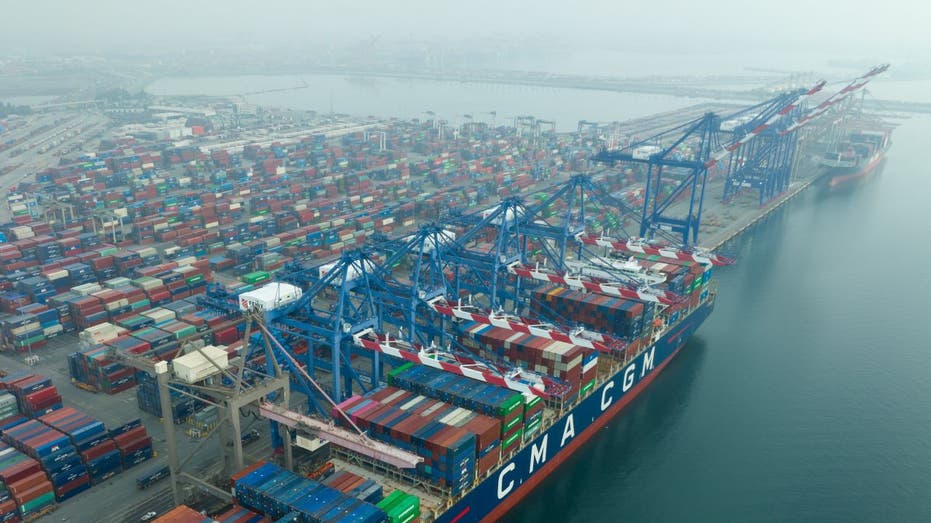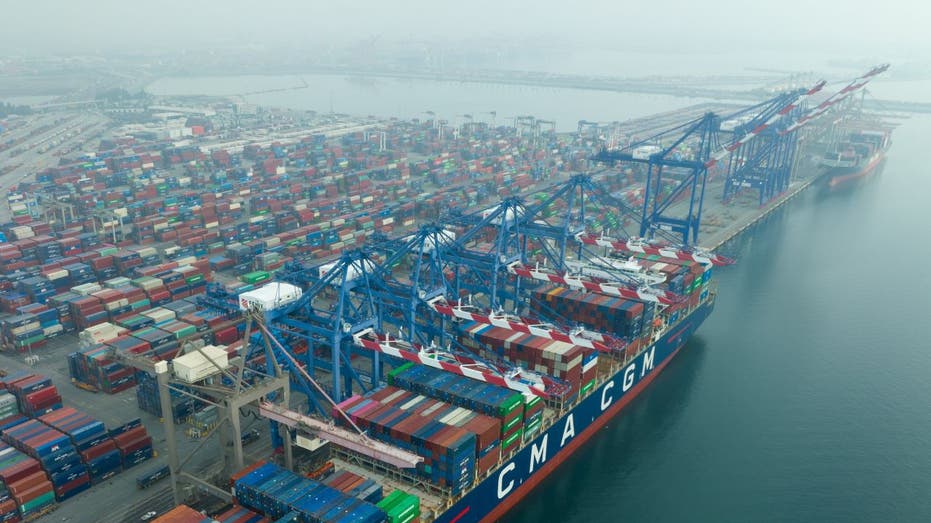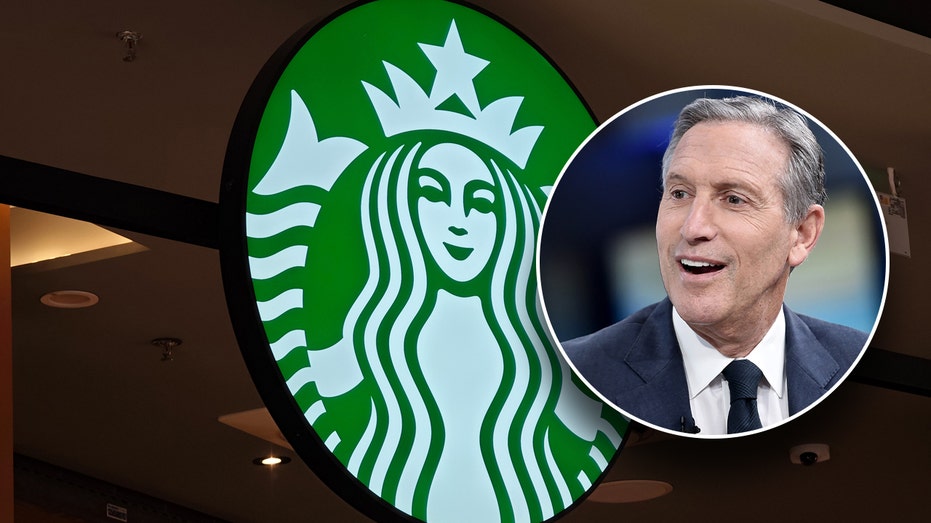Economist Steve Moore joins ‘Varney & Co.’ to unpack President Donald Trump’s proposed tariff checks and warns the White House against fueling inflation.
A new analysis from the Federal Reserve Bank of San Francisco examined the impact of tariffs on the economy based on historical examples, finding that the effect of import taxes on inflation and unemployment vary over time.
The San Francisco Fed on Monday published an economic letter by senior policy advisor Oscar Jorda and Vice President Fernanda Nechio, both of the San Francisco Fed’s Economic Research Department, that used data from four decades of international trade to measure the economic shifts caused by tariffs.
“Tariffs can affect supply chains, investment, and firms’ output costs, resulting in supply-side effects such as higher inflation and higher unemployment,” the economists wrote. “However, tariffs can also affect spending, the demand side of the economy. Weaker demand translates to higher unemployment but lower inflation.”

Tariffs are taxes on imported goods that are paid by the importer, who typically passes some or all of those higher costs on to consumers through higher prices. (Qian Weizhong/VCG via Getty Images)
“Estimates using 40 years of international data show that, following a change in tariffs, initially the unemployment rate increases and inflation declines. Over time, however, the unemployment rate returns to normal levels while inflation increases,” they said.
CONSUMER CONFIDENCE FALLS SHARPLY AS AMERICANS WORRY ABOUT THE ECONOMY
The San Francisco Fed economists noted that the increase in unemployment and decline in inflation that tends to immediately follow tariff hikes resembles a negative demand shock, as consumers and businesses pull back spending, which slows the economy and inflation. They said that suggests “tariffs act like a brake on the demand side of the economy.”
“Firms may withhold investment spending until there is more clarity on future trade policy, since tariff policies will prompt them to reconsider how they arrange their supply chains. Consumers may respond cautiously to the new environment by slowing down their demand for products and services,” the researchers said.
“Over time, the economy adjusts: The unemployment rate returns to its original level or even declines slightly, whereas inflation picks up and peaks three years after the initial change in tariffs, relative to the scenario where tariffs remain unchanged,” they wrote.
TRUMP’S $2K TARIFF DIVIDENDS COULD CARRY A HEFTY PRICE TAG
The economists noted that the size of the tariffs implemented by the Trump administration this year is significantly larger than historical examples, which means their analysis should be “interpreted with caution.”
The average U.S. tariff rate was at about 3% in the last few years, but has risen to around 18% this year – more than double the roughly 8% rate that prevailed in the mid-1960s and was the highest level in the data used for study prior to this year’s changes.
“The tariffs recently enacted are unprecedented in magnitude and scope, and they are surrounded by a great deal of uncertainty,” the economists said. “The sample used in our analysis is based on historical evidence that does not contain such large tariff changes. Thus, extrapolating our results to the current environment is somewhat fraught.”
SUPREME COURT WEIGHS TRUMP ADMINISTRATION’S TARIFF AUTHORITY UNDER EMERGENCY POWERS LAW

President Donald Trump announced “reciprocal” tariffs in April that have since been modified for some trading partners. (Brendan Smialowski/AFP via Getty Images)
Economic data released this year has shown inflation trending higher in recent months following the Trump administration’s tariff announcements earlier this year.
The consumer price index (CPI) – a widely used inflation gauge published by the Bureau of Labor Statistics (BLS) – began the year at 3% and dipped to 2.3% in April, which was the lowest level since February 2021.
However, CPI inflation has increased since this spring and reached 3% again in September, the most recent month for which CPI data has been released to date, due to the record-long 43-day federal government shutdown.
GET FOX BUSINESS ON THE GO BY CLICKING HERE
The monthly jobs reports have also been disrupted by the shutdown.
The most recently released BLS jobs data showed that the unemployment rate was 4.4% in September – the highest level since October 2021 and an increase from 4% in January.



